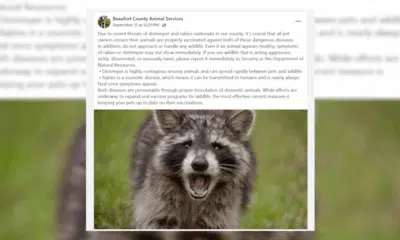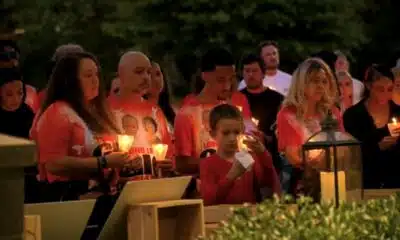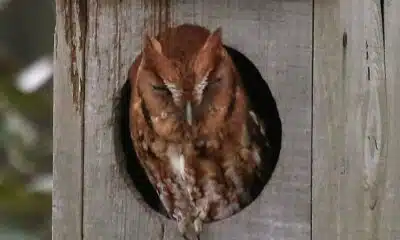News from the South - Louisiana News Feed
Environmental agency suggests monitoring systems to detect air pollution | Louisiana
SUMMARY: The Community Air Monitoring and Notification Task Force met to discuss real-time air quality monitoring systems. Jason Myers from the Louisiana Department of Environmental Quality presented on the importance and costs associated with such systems, mandated by Senate Bill 35. This bill requires instantaneous reporting from certain facilities, primarily Title V establishments. Although many facilities listed, like bakeries and car washes, do not emit toxic pollutants, studies were conducted to address concerns. The proposed monitoring systems would cost $5.2 million initially and $800,000 annually per site, plus additional costs for an alert notification system and staffing needs.
The post Environmental agency suggests monitoring systems to detect air pollution | Louisiana appeared first on www.thecentersquare.com
News from the South - Louisiana News Feed
Saturday 10 PM Tropics Update: One far-off tropical wave to watch
SUMMARY: A tropical wave near Africa is emerging over the Atlantic but remains disorganized. The National Hurricane Center gives it a 60% chance to develop into a depression or tropical storm, possibly becoming Gabrielle. This system may move northward, staying over the open Atlantic and away from the Gulf, posing no immediate threat. Since the last named storm in late August, stable air, dry conditions, and increased wind shear have suppressed tropical activity in the Atlantic. The next storm names are Gabrielle, Humberto, and Imelda, with only the current wave showing potential for development at this time.
Meteorologist Alexandra Cranford tracks a lone disturbance with a chance of development on Saturday night, September 13, 2025.
News from the South - Louisiana News Feed
Haynes wanted in on Wildlife bribery scheme too, informant says
SUMMARY: Dusty Guidry, a former consultant who pleaded guilty to accepting $800,000 in bribes, testified that Assistant District Attorney Gary Haynes sought involvement in a bribery scheme at the Louisiana Department of Wildlife & Fisheries. Haynes, on trial for conspiracy, bribery, money laundering, and obstruction, was previously appointed to run Lafayette’s pretrial diversion program after supporting DA Don Landry. Guidry revealed Haynes pressured him to include him in a similar diversion program scheme at Wildlife & Fisheries, receiving checks totaling $90,000. The scheme involved splitting bribes among Guidry, vendor Leonard Franques, and former department secretary Jack Montoucet, who has also been charged. The statewide program never launched.
Read the full article
The post Haynes wanted in on Wildlife bribery scheme too, informant says appeared first on thecurrentla.com
News from the South - Louisiana News Feed
OPPJ Comprehensive Plan
SUMMARY: The Ouachita Parish Police Jury is conducting a series of community meetings to gather public input for their comprehensive plan guiding future growth. Police Jury members, including Larry Bratton from District D, emphasize the importance of reflecting residents’ voices in the master plan. Community members participated in interactive stations, allocating resources to priorities like infrastructure and downtown development, to help shape goals for the next 2, 5, and 20 years. Landscape architect Matt Pizatella and partners from Atlas support the effort. Bratton stresses that without proactive planning, the parish risks costly and less beneficial outcomes in the long term.
OPPJ Comprehensive Plan
-
Our Mississippi Home6 days ago
Screech Owls – Small but Cute
-
Local News6 days ago
New findings by NASA Mars rover provide strongest hints yet of potential signs of ancient life
-
The Center Square5 days ago
What are data centers and why do they matter? | National
-
News from the South - Texas News Feed7 days ago
Texas high school football scores for Friday, Sept. 12
-
News from the South - North Carolina News Feed7 days ago
Is nail gel actually harmful? It's complicated
-
Our Mississippi Home5 days ago
Rolling Through History: The Comfort and Culture of Dumplings
-
Local News5 days ago
Steven Spielberg celebrates ‘awesome’ 50th anniversary ‘Jaws’ exhibition at Academy Museum
-
News from the South - Tennessee News Feed7 days ago
2025 Hyundai Sonata N Line FWD – The Tennessee Tribune



















































